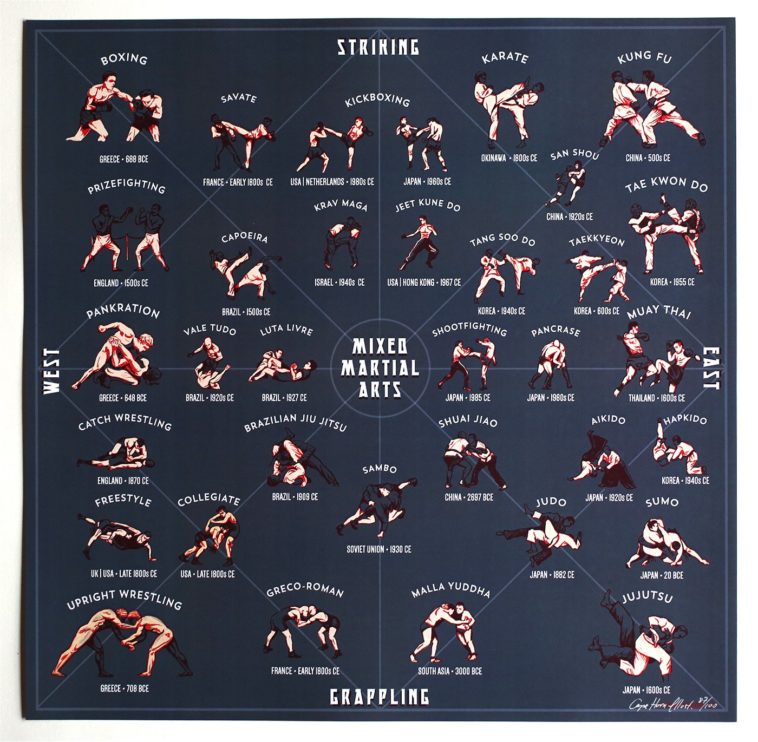Master The Powerful Kicks And Lightning-Fast Strikes Of Taekwondo With These Vital Strategies! Perfect For Novices Looking To Unleash Their Internal Martial Musician
Master The Powerful Kicks And Lightning-Fast Strikes Of Taekwondo With These Vital Strategies! Perfect For Novices Looking To Unleash Their Internal Martial Musician
Blog Article
Article Created By-Burns Palmer
As you step onto the floor covering, the crisp scent of resolution loads the air. The globe of Taekwondo waits for, prepared to introduce its keys and unleash your capacity.
But where to begin? Fear not, for within these sacred methods lies the foundation of your trip.
From grasping the art of positions, to letting loose effective kicks and strikes, this conversation will certainly assist you through the vital strategies that will form you into an awesome Taekwondo expert.
So, tighten your belt and prepare to start a path of technique, stamina, and self-discovery.
Stances
To do Taekwondo techniques properly, it's vital to understand the proper positions. Stances are the foundation of every move in Taekwondo, providing security, equilibrium, and power.
Among one of the most fundamental positions is the 'Equine Stance.' In this position, your feet are shoulder-width apart, knees are somewhat curved, and your weight is uniformly dispersed between both legs. The Steed Stance enables you to keep a low center of gravity, making it much easier to execute effective strikes and kicks.
An additional crucial stance is the 'Front Position.' In this stance, one leg is positioned ahead with the knee bent, while the various other leg is expanded right back. The Front Stance is made use of for long-range attacks and provides a strong base for creating optimal power.
Kicks
Novices in Taekwondo can discover a range of powerful and vibrant kicks to improve their martial arts skills. Kicks are an essential part of Taekwondo, as they enable you to create optimal power and reach your challenger from a range.
Among the basic kicks you'll learn is the front kick, where you extend your leg onward and strike with the round of your foot.
An additional important kick is the roundhouse kick, where you pivot on your sustaining foot and supply a round kick with the top of your foot.
Furthermore, the side kick involves elevating your leg to the side and striking with the side of your foot.
Strikes
After mastering the different kicks in Taekwondo, it's important to currently concentrate on developing efficient strikes. Below are five essential strikes that every beginner should find out:
- Punches: Exercise throwing straight strikes with appropriate method and alignment. Keep in mind to use your whole body to generate power and preserve equilibrium.
- Hand Heel Strikes: Use the base of your hand to strike your opponent's target area, such as the nose or chin. Concentrate on precision and speed to make the most of influence.
- Arm Joint Strikes: Discover various joint strikes, such as the downward arm joint or straight arm joint strike. These can be devastating close-range strikes.
- Ridge Hand Strikes: Use the side of your hand to strike vulnerable locations like the holy place or throat. Exercise correct hand positioning and aim for precision.
- Knee Strikes: Develop strong knee strikes by driving your knee upward right into your challenger's body. martial arts resources on creating power from your hip rotation.
autism friendly martial arts near me
As you take your final bow, the journey of learning essential taekwondo strategies concerns an end. Yet, this conclusion marks the start of a brand-new phase in your life.
The stances, kicks, and strikes you have actually learned represent more than plain physical movements; they signify discipline, perseverance, and self-esteem. Embrace these teachings, and let them guide you towards a stronger, much more balanced existence.
With each technique grasped, you open the potential within yourself to overcome any challenge that comes your means.
